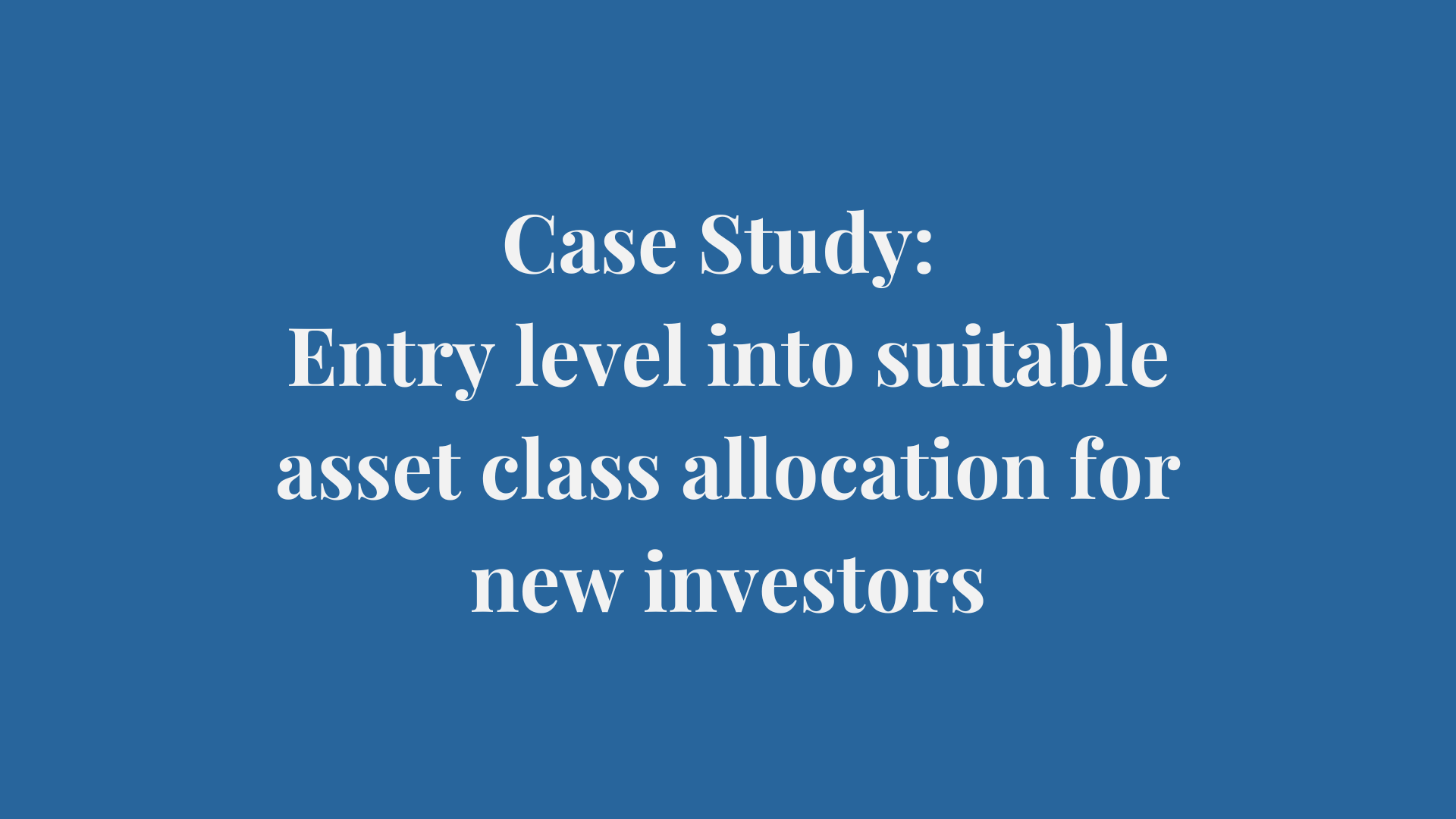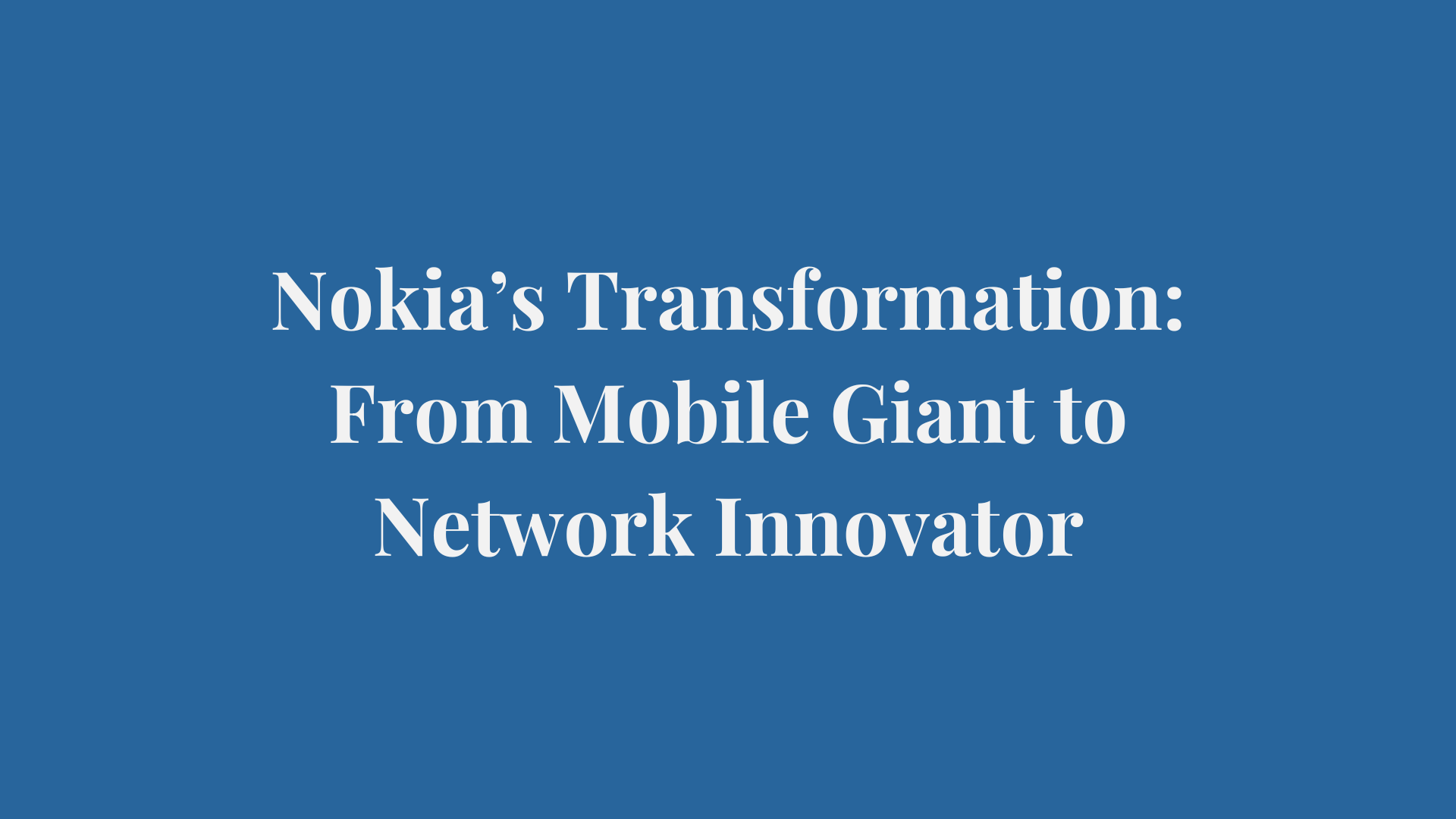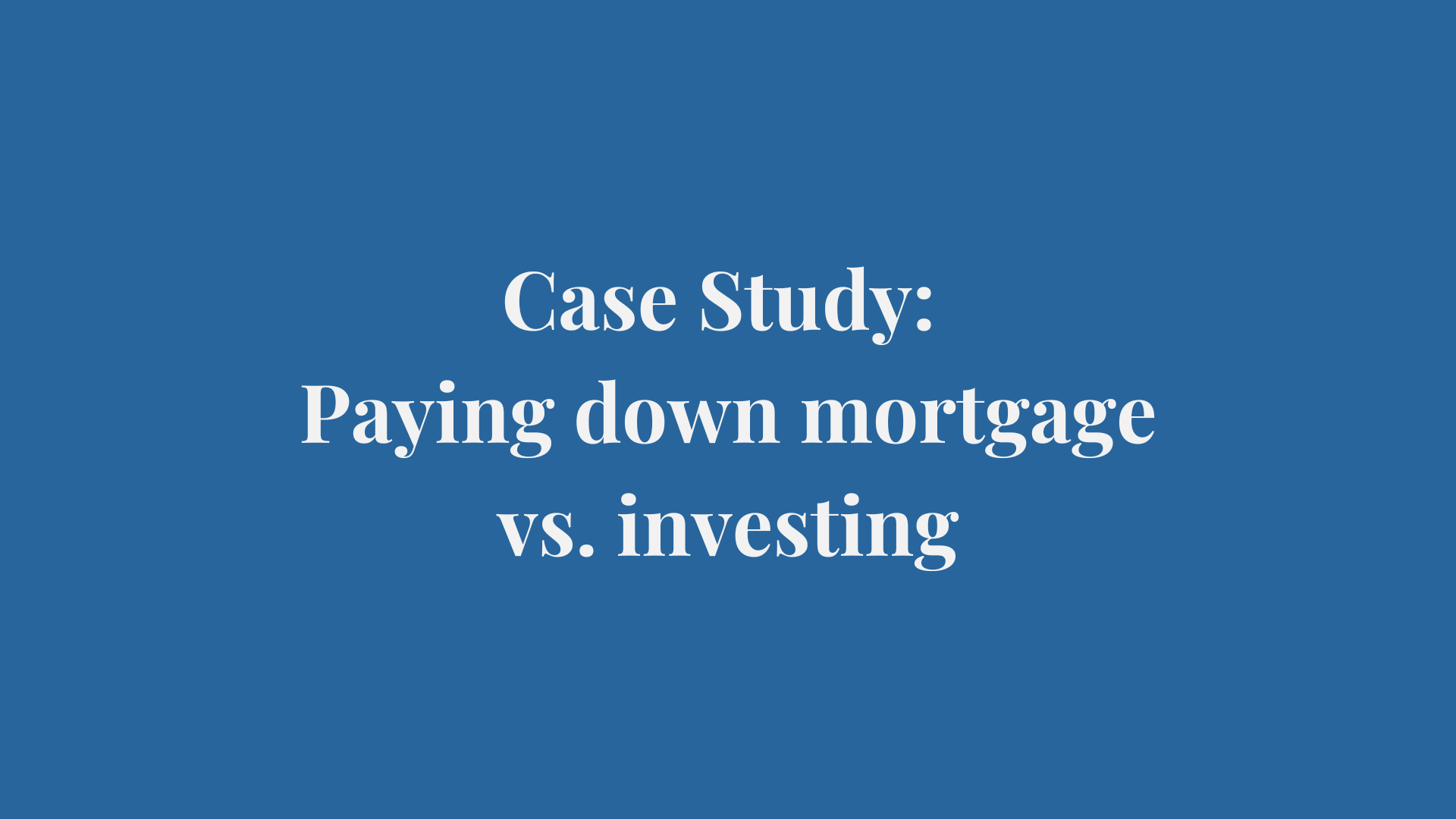Case Study: Entry level into suitable asset class allocation for new investors
The case
“I’m a single 40 year old male with net savings of $65K and no debt or commitments. what sort of allocations would be suitable?”
My current personal assessment is:
$15K in cash
$25K in medium-liquidity assets with a 3 to 6 month lock in
$15K in low-liquidity assets with a 12 to 18 month lock in
$10K in equity
Is this reasonable or way too conservative?
Recently, we came across a question on Reddit that we feel resonates with many new investors. “Is my allocation too conservative?” is a common concern for new investors.
The approach
Start with your goal
Begin with the end in mind. Ask yourself: What are you investing for? For this example, let’s assume the goal is retirement at 65 with a portfolio that generates $3,000 monthly income. With 25 years to invest, you’d need roughly $1M by 65.
Determine your need for return
To reach $1M in 25 years starting with $65K and a $1,000 monthly contribution, the required return (or need for return) is around 6.3%. This means a portfolio allocation like 70% global equities and 30% bonds is likely needed to hit that target.

Understand the risk
A 70/30 portfolio typically has an annualised standard deviation of around 9.83%. This means your portfolio could go up or down by that amount in an average year. Can you emotionally handle periods of decline, potentially as steep as 9% or more, without selling? If not, you may need to adjust your risk tolerance or expectations.
Investing isn’t just about numbers—it’s about behaviour
Sticking to a plan, especially during downturns, is critical. Emotional decisions often derail long-term goals. This is why many people turn to advisors, not just for portfolio management but for guidance and discipline throughout the journey.
Re-assess as life changes.
This isn’t a one-and-done decision. Over time, as your investments grow or your circumstances change, revisit your portfolio. You may want to reduce risk as you get closer to retirement or adjust based on changes in income or goals.
By focusing on goals, understanding how much risk feels right for you, and regularly fine-tuning your approach, you can make choices with confidence to reach long-term success.
Source: Dimensional Fund Advisors Ltd, Dimensional Global Core Equity Index, Bloomberg Global Aggregate Bond Index





